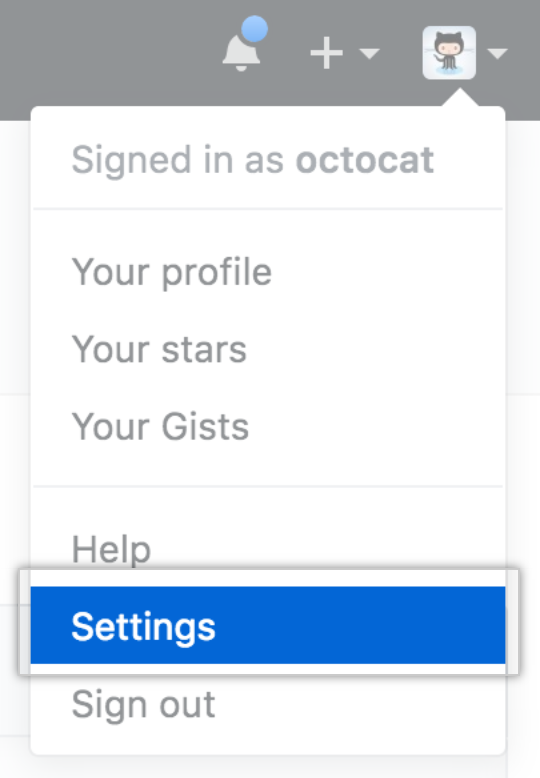By default, a new OAuth App will have an automatically generated identicon. An identicon badge looks something like this:
![]()
After you create an OAuth App, you can customize the app's badge by uploading a logo and selecting a background color. A badge is a square logo image inside of a circular badge. You can choose a background color for the badge, which can be used to visually distinguish your app.
Your logo should be a PNG, JPG, or GIF file under 1 MB in size. For the best quality rendering, we recommend an image size of at least 200px x 200px. See "Tips for logo and badge images" for more guidance on customizing badges.
You can change a custom badge for a GitHub App that already has an approved Marketplace listing by navigating to https://github.com/marketplace/manage.
To create a custom badge:
- In the upper-right corner of any page, click your profile photo, then click Settings.

- In the left sidebar, click Developer settings.

- In the left sidebar, click OAuth Apps.

- Select the OAuth App you want to modify.

- In "Application logo", drag-and-drop an image from a local folder or click Upload new logo to select an image from your computer.

- Crop your picture. When you're done, click Set new application logo.

- In "Badge background color", type the hexadecimal color code of the background color for your badge. Note: The "Badge background color" input field will be visible after an application logo has been uploaded.

- Click Update application.

Next steps
For more information about creating a Marketplace listing for this app, see "Listing on GitHub Marketplace".